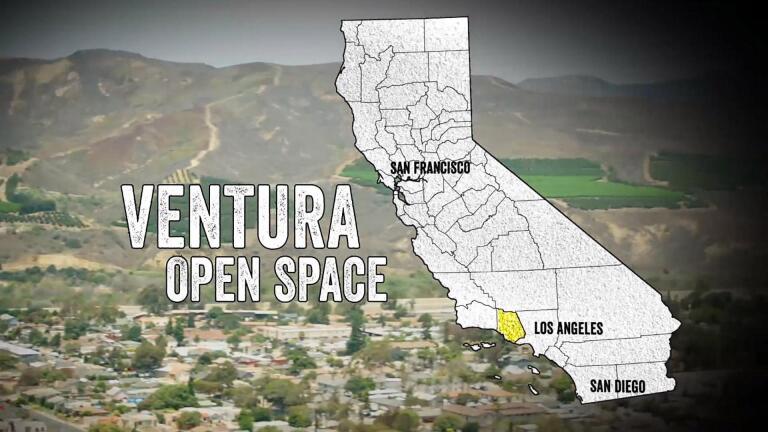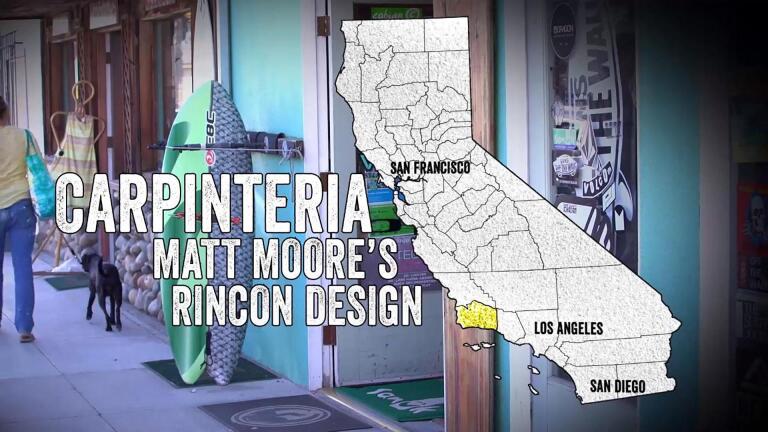Tijuana Estuary
Visit the Tijuana Estuary and, whether you know it or not, you're experiencing what it may have been like to stand on the beach in Southern California hundreds of years ago. This spot, where the Tijuana River meets the Pacific Ocean, is the largest and best example of the natural landscape that once was between Santa Barbara and some two hundred miles south of the border to San Quintín. Human development for cities meant paving over hundreds of miles of coast was wetlands.
And such an abundance of fresh water made the region a major stopover for the migrating birds using the Pacific Flyover, as well home to native species. As seen in this video, its especially critical to the native light-footed Ridgway's rail, a bird species once abundant in SoCal's wetlands, but almost went extinct over thirty years ago.
Casually referred to as the Tijuana Estuary -- Tijuana, named after the river that flows from Mexico to California into the ocean, and estuary, where salty ocean water and fresh river water mingle, creating a unique habitat -- the land makes up a somewhat complex map of different entities.
Being an excellent and last large example of the region's wetlands, the federal government in 1982 designated the estuary as the Tijuana River National Estuarine Research Reserve. As long-winded as that sounds, the designation from the National Oceanic and Atmospheric Administration didn't mean there was suddenly new land to manage. It instead forged a partnership between the federal government and state.
The estuary was already within Border Field State Park, Tijuana Slough National Wildlife Refuge, and a small part of San Diego County's Tijuana River Valley Regional Park, so drawing a line around and including them in the National Estuarine Research Reserve System meant setting up a structure to fund the state to conduct research and education.
The latter part is important, not only because it's good to educate visitors, but for introducing coastal training programs tailored for decision makers like local planners and politicians. That way, when it comes time to approve, deny, or modify development plans along the coast, they're more prepared to make an informed decision than before.



























